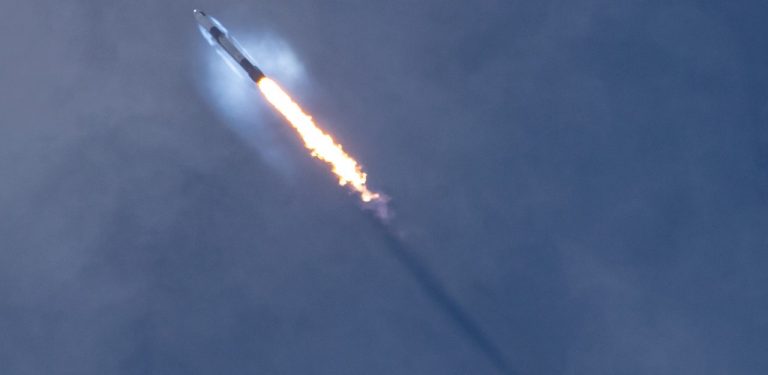Concordians launch the first space-bound student-built satellite in Quebec

A SpaceX Falcon 9 rocket launched from Cape Canaveral Space Force Station on a resupply mission to the International Space Station on June 5. On board was Space Concordia’s Orbital Dust Imaging Nanosat (SC-ODIN), the first space-bound student-built satellite in Quebec.
SC-ODIN was developed in partnership with the Canadian Space Agency (CSA) and Nanoracks — a satellite rideshare service provider. Its primary mission is to gather multispectral images of aerosol particles from dust storms on the Namibian coast to provide data for climate research.
Roughly the size of three stacked Rubik’s Cubes, the satellite has as its secondary mission to monitor radiation levels for future Space Concordia projects.
This achievement is four years in the making and the culmination of tens of thousands of hours of hard work and perseverance. In 2019, the CSA announced a new initiative to enable select Canadian universities to design and build their very own satellite, providing funding of $200,000 to successful applicants.
“This is a major accomplishment for our student society,” says Simon Randy, president of Space Concordia. “It positions Concordia at the forefront of space exploration and provides students with invaluable experience and opportunity.”
Next up for Space Concordia is a joint project with AstroYeast — a team composed mostly of Concordia students and recent graduates — to develop a microfluidics framework to study the effects of microgravity on nutrient-producing yeast. This is part of CUBICS, a CSA initiative that provides professors in postsecondary institutions with an opportunity to engage their students in an end-to-end space mission.
Learn more about Space Concordia and Concordia’s Gina Cody School of Engineering and Computer Science.


